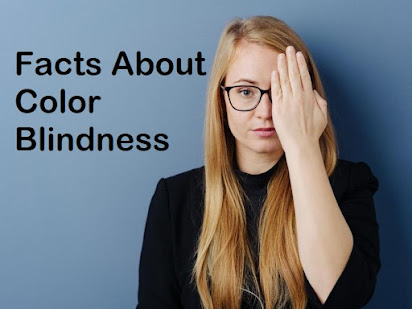23 Facts About Color Blindness

Color blindness also known as color vision deficiency (CVD) is a condition where you don’t see colors in the traditional way. This can happen if certain cells known as photoreceptors, or more specifically cones, in your eyes are missing or not working correctly. These cones typically allow you to see each color on the rainbow. If you have color blindness, you might not see each of these colors. Don’t confuse color blindness with a type of blindness (a condition where you have limited or no sight) color blindness is simply a change in the way your eyes see color. We all see a continuum (range) of colors, but which ones we see depends on how well our photoreceptors function. Photoreceptors are cells within your eyes that respond to specific wavelengths of light. Everyone sees color slightly differently, and the way we see colors may also change as we age if we develop certain age-related eye conditions such as cataracts.